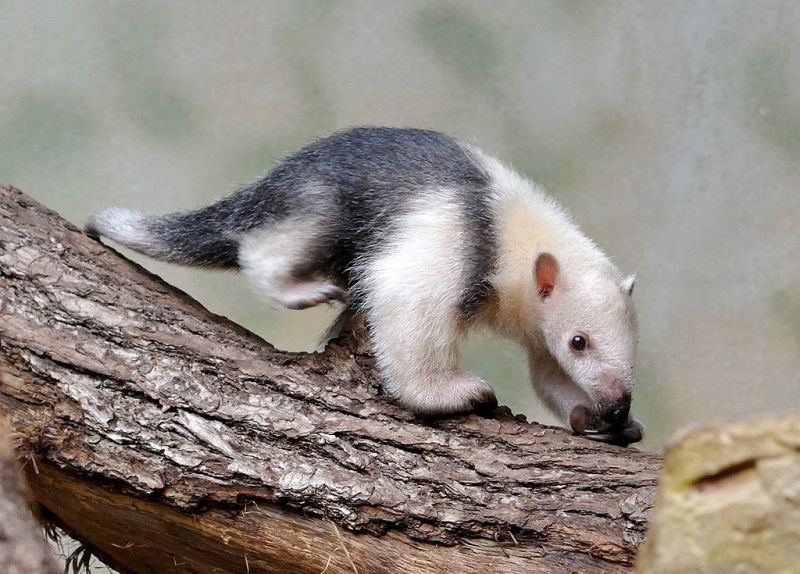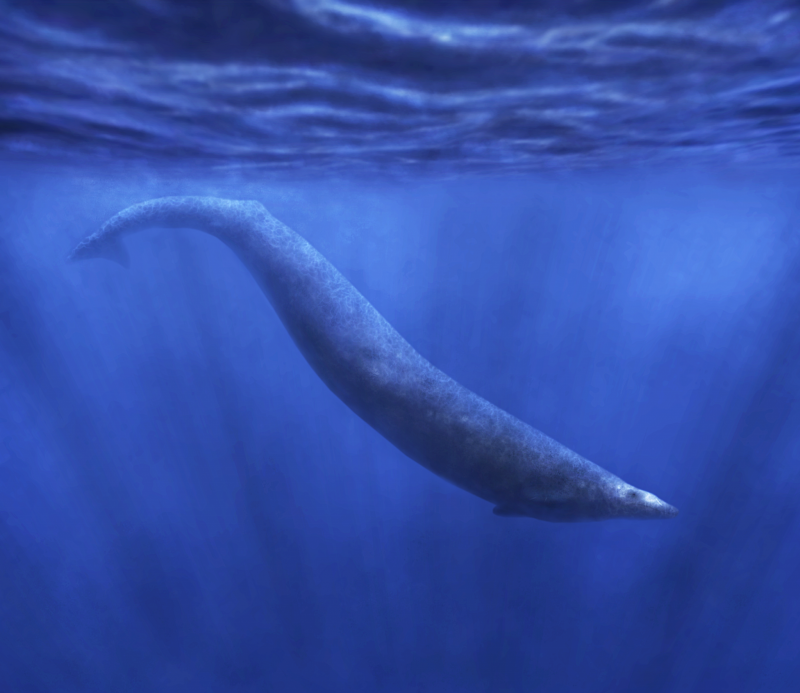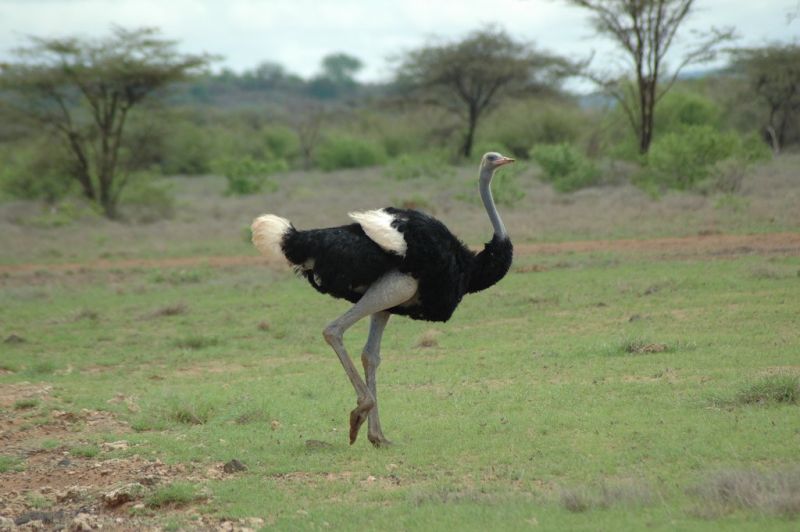Giving Up on Your Dreams

Sometimes certain dreams in life just don’t pan out, like if all you wanted growing up was to fly, but fate saw fit to furnish you with bad eyes, complete with a shot of red-green color-blindness—the sum of which can disqualify you from becoming a pilot. Grounded by such shortcomings, you may find yourself commiserating with the ratites, a motley clan of birds that includes the emu and the kiwi and the cassowary, most born sans a keel bone upon which to hang their aerial ambitions. Unlike them, you can flunk your vision test and still be cleared for takeoff; all that is required is a statement attesting to your demonstrated abilities to soundly operate an aircraft. But this workaround would still be a diminishment of sorts, since you will not be permitted to fly commercially or at night, when cockpit lights conspire with the runaways below and the stars above to overtax your inner circuitry. Perhaps this is a subtle way for life to say that some dreams are not meant to be. Besides, you wouldn’t want to end up like the tinamou, the lone exception to the otherwise flightless ratites, the only one endowed with a sufficient-sized breastbone but without much of a tail to serve as rudder, so that when the poor bird is frightened into flight—which is not an activity anyone wants to be startled into—it might steer its partridge-sized body into objects sometimes stationary, sometimes fatally—which is not an outcome anyone wants to think about while aloft—and maybe this is another way for life to say that some dreams, even if technically attainable, should go unfulfilled.
Should you find yourself teeming with dreams without strong inclinations towards any particular direction, make do for a spell by hedging your bets. Place your many eggs into many baskets and see what springs forth, as amphibians do with their jellied prospects while living ambivalently between worlds. You could get lucky. Up might hop a red-eyed tree frog and accompanying agency seeking photogenic talent! Up might slither a slender salamander partner of the most gregarious nature! But most likely nothing will rise from those waters and never will, for the majority of hopes unfostered are swallowed up by opportunists lurking in the reeds, or swept out to ill ends by ill means, or left to desiccate on forgotten shores. Perhaps it might be wiser to abandon the scattershot strategy and run with one, up onto dry land where things are a bit less dicey. This is what the amniotes did in the post-Carboniferous age, being savvy enough to invest in eggs that were also baskets, so that each precious aspiration can be carried with some semblance of safety. Whether the shells were rubbery or hardened or internalized depended on their respective reptilian, avian, or mammalian producer (there is some wiggle room in this, what with green anacondas live-birthing dozens of miniature clones, and lactating mother echidnas laying dime-sized leathery orbs), but the important takeaway is that each egg contains all the ingredients for complete dream constitution, like homemade dried soup mix made with love but better—no need to add water. Packaged thus an amniote’s potential can be realized anywhere—beneath shifting desert sands, high up on crags and aeries, in a cast-iron skillet shimmering with oil (sometimes egg musings induce omelet cravings); anywhere you, dear reader and fellow amniote, deem fit.
While diving headlong into a grand dream can be a praiseworthy endeavor, it may also be wise to exercise some forethought before plunging too deep. For being swept away in a grand dream can so often descend into obsession, and specialization can lead to a narrowing of aperture and the exclusion of so many things that make life delectable. Take food, since we are on a culinary train of thought. To be able to range from spoiled mangos one moment and rattlesnake heads the next; to raze a row of cherry tomatoes before crunching on surprise ticks found during post-dinner grooming—the wide array of gastronomic delights available to the Virginia opossum are lost on devotees to the school of Myrmecophagy, or the exclusive consumption of ants and termites. Students of Myrmecophagy are diverse and legion, with anteaters from South America and pangolins from Africa, to numbats and those earlier echidnas from Australia—rarely have mammals of different make and stripes ever been so united on any single matter. Yet subsisting on an ant stipend day in and day out can be a monotonous affair—even the occasional formic acid-filled fire ant with their bitter citrus notes will not do much to brighten up the taste of so much pulp and grub and dirt. (Though the act of breaking and entering into termite fortresses might itself add some spice and variety.) By the time one commits to trading in a defined jawline for a tube snout and mucous tongue, it may be too late to back out of this termite-centric path. The southern tamandua can never again snack on camu-camu fruits ripening on the riverside trees they clamber upon, not possessing the dentition to partake in these sour treats. Nor can the aardwolf ever gnaw on wildebeest ribs with its spotted hyena cousins, lacking the metabolism after years on an insect-only regiment to subdue anything larger than a breath mint. And while there are graduates-in-training who break with tradition like the sloth bear, who sneaks into its buggy diet the occasional jackfruit sprinkled with mowha tree petals and a generous helping of honey (the rules are fuzzier on insect-produced foods); or the aardvark, who uses secret cheek teeth to dine on secret cucumbers, digging into the earth in search of these watery gourds, and in so doing becomes the cucurbit’s sole pollinator, these are rare exceptions to the one rule that binds this dietary discipline. There is nothing wrong in wedding oneself wholly to a pursuit or passion. Simply realize that monomania can carry opportunity costs, as many a silky anteater or post-doc student might attest to, after the fact.

Sometimes to realize a dream one needs the courage to walk away from another. Or wade away, as was the case with Indohyus during the early Eocene, back when the India subcontinent was busy crashing into Asia and wrinkling up the Himalayas. Tired of being harassed by eagle overlords for trying to make an honest herbivorous living, the proto-mouse-deer-horse fled to the water for refuge and discovered a talent for sinking, thanks to its dense hippo-esque leg bones. Like a budding entrepreneur fooling around in their parents’ garage, Indohyus likely had no idea that experimenting with its favorite pastime would spawn one of the greatest success stories in evolutionary history, pivoting subsequent generations away from the landlocked grind to become intrepid blue ocean strategists. The transition from Indohyus to true whales took less than ten million years, which in geologic time is the equivalent of a snack break, or akin to the meteoric ascent of a tech giant if measured in modern day terms. As early success begot more success, Indohyus descendants spent less time hiding in forests and more time snacking out by the Tethys shallows or what is now Northern Pakistan. Once the roadmap was clear the shift from land to sea was made wholesale—amniotic strategies be damned—no hedging bets, no chickening out, although some virtues admittedly were dropped along the way (not unlike how a certain tech giant dropped its founding mantra of “not being evil” a few years back), as proto-whales shifted from pious herbivory to carnivorous debauchery in their commitment to the one true way. Over the eons the lineage rolled out one iconic iteration after another, ranging from Ambulocetus, which excelled at filling the furry crocodile niche, to the monstrous Basilosaurus, which terrorized the seas with its bone-crushing bite, to the kinder, gentler ocean-sieving masters we know and love today, like Big Blue Baleen, a member of the Mysticetes, which if rumor proves true might place Aristotle in even higher esteem, for the name might have originated from his phrase, “(ho) mūs to kētos,” translated as “(the) whale (called) the mouse,” which would be a prescient nod to scant Indohyus taking the plunge to pursue new possibilities, so long ago.

Maybe the trick of choosing the right dream lies in weighing the pros and cons: To know when to chance and when to forfeit, for clutching onto something so nebulous so fiercely can cloud one’s judgment and make one lose sight of the end goal. The yellow underwing moth ruins itself upon candle flame not through an innate love of heat, but by conflating it with heaven’s light by which it steers its life’s course. What is it we truly seek when we dream of flying? If it is unfettered freedom, then this most universal of desires may prove to be an unexpected trap, as the aforementioned birds in this essay have ascertained, at least on an energetics level. Laughing at gravity for any length of time is a tiring business, not so much in the face but more with the incessant flapping, necessitating an incessant munching of bugs or fish or sticks of butter, the latter of which might be platonic perfection in caloric density but difficult to procure in the wild. So why fly under your own power when you can fly coach with complementary peanuts? Why fly under your own power if you don’t have to fly at all? This was the crux of the matter for most ratites, who decided to abandon aerial affairs on no less than five separate occasions to instead partake in simple earthly delights, shuffling along in safe green spaces, dining at leisure on grassy forage. Not needing to constantly feed the metabolic furnace is a great boon for most creatures, and can also be constituted as another form of freedom. Perhaps this strategy of intentional grounding was how ratites managed to carve out niches around the world as they dwelt long in verdant Edens, at least until humans arrived to muck things up, twisting dreams into nightmares for the elephant bird of Madagascar and the giant moa of New Zealand, the fates of both must be mourned another time—may god rest their feathered souls.
Perhaps being prudent in dreams also comes down to having a sound sense of self. By rejecting the expectations imposed by others, you can devote time and effort towards what truly works for you, such as growing stout and taking up track and field. Such is the case for the Somali ostrich, soundest and heaviest of all living birds. Not needing to train his pecs for flight means that every day becomes leg day, as the ostrich might disclose during one of his rare, non-ditzy moments, when he isn’t strutting around showing off his dressy ruffled feathers and blue-hued gams or boasting his half-marathon times against any four-legged creature under the African sun. When pressed for secrets on his terrestrial lifestyle, he may choose to respond in his own peculiar way, by unsquiggling his seventeen-vertebrae rubberneck to stare through you with billiard ball-sized eyes before bouncing off like a shot! Sprinting past in a blur! Thus you will receive a living reminder that dreams are not mere ends to aspire towards, but acts to be enacted and embodied, and here one is, on full display by one with a heart thrice your size, and with such spring in each two-toed, tendon-taut step. Exercising the right dream to its fullest extent can encompass one’s whole body, one’s whole being, an entire life. And it can be complete. And it can be enough.

But not for all. For it is in the nature of dreams and dreamers to be inexplicable, to shift and reform around unforeseen whims. At least this proves the case for those of us made of tender flesh and swapping cells who must constantly replace our organic parts. At what point will we have changed so much as to no longer be the sum of our former iterations and associated ambitions? You could turn to ancient Greek philosophers and their dusty warships for insight on this metaphysical conundrum, but better yet may be to query those with experience donning and shedding new selves at multiple stages of their lives, like certain members of the Anguillidae family. The European eel is among the few who practice catadromy, which is simply a fancy way to say backwards Pacific salmon living: This is when a fry would travel from its provincial streams out to the ocean for some flashy living before returning home to spawn and spend its final days. Anguilla anguilla embraces the opposite path, instead beginning in the Sargasso sea as something resembling nothing like what it will one day become, so flat and leaf-like and see-through and strange that even Aristotle was stumped when quizzed on an eel’s origins, guessing that the fish must spontaneously spawn from the wet guts of the earth (Even the wisest of us is not always right, and that is a comforting thought). It took until the 20th century to discover that eel larvae hitchhike for a year or three along the Gulf Stream before deciding to devote their lives to the goal so many of us aspire towards: Securing waterfront property in the European countryside. Morphing into their familiar sinuous shapes but retaining their transparent nature awhile, glassy eels ball themselves up and wriggle resolutely up waterways, even if it means writhing right out of the water and over one another, across grassy paddocks and up mossy rock walls, all in order to reach the one true peaceable headwater. Once there they will spend their prime years yellow but never mellow, living out their serpentine dreams of devouring anything they can cram into their mouths, until one day when a more pacifistic vision beckons them back to that briny liquor which we all arose from and shall in the end all return. Once the choice is made, the eels take on a silver sheen. Their eyes grow large and dark. They stop eating and their stomachs waste away. They become gaunt and beautiful and more keenly eel than they have ever been. The anointed prophets depart as mysteriously as they once arrived, and even after two thousand years of scrutiny we still do not know exactly where beneath the Sargassum they go to meet their maker. Perhaps during this final phase eels no longer dream, instead become dreams, changing themselves into as yet an unclassified form, harnessing a lifetime’s prowess in slipperiness to avoid the final curtain call. We do not know. All we can see is that armed with a clarity of vision and faith in the world they flow surely down the rivers and out to sea, dissolving into those fathomless depths, beyond sight, beyond thought, even as the sun above rises and sets, the world spins, a mote chancing across space.
Featured Image credit:
Nothocercus bonapartei (Highland Tinamou). By Johannes Gerardus Keulemans. Source: Biologia Centrali-Americana. Via Wikipedia. This work is in the public domain in its country of origin and other countries and areas where the copyright term is the author’s life plus 100 years or fewer.
Image credits within text:
[1] Southern Tamandua (Tamandua tetradactyla) in the Frankfurt Zoo. By Quartl. Via Wikipedia. This file is licensed under the Creative Commons Attribution-Share Alike 3.0 Unported license.
[2] A modern reconstruction of Basilosaurus cetoides. By Dominik Hammelsbruch. Via Wikipedia. This file is licensed under the Creative Commons Attribution-Share Alike 4.0 International license.
[3] Somali ostrich – Samburu. By Donna Brown. Via Wikipedia. This file is licensed under the Creative Commons Attribution 2.0 Generic license.
A version of this essay first appeared in a publication of the Center for Humans and Nature Press, February 1, 2023, and is featured here with permission of the Center for Humans and Nature Press. A first-generation Hong-Kong Canadian, Isaac Yuen’s creative works have appeared in publications across Canada, the US, and the UK. His debut nature essay collection, Utter, Earth: Advice on Living in a More-Than-Human World, is forthcoming with West Virginia University Press in Spring 2024. The lead essay of the same name was included in the latest Pushcart Prize: Best of the Small Presses 2023 anthology. A former writer-in-residence at Jan Michalski Foundation for Literature in Switzerland, Isaac is currently a Fiction Meets Science Fellow at the Hanse-Wissenshaftskolleg (HWK) Institute for Advanced Studies in Germany, working on a short story collection connecting mind, earth, energy, and society. More on his website.


On Jul 15, 2023 Aliya wrote:
Post Your Reply